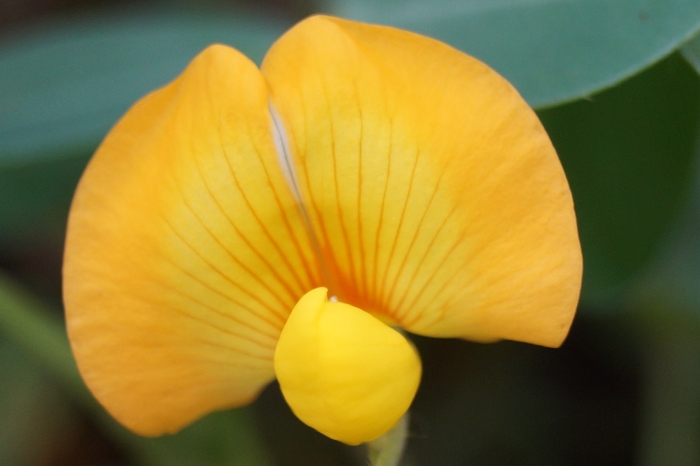Peanut
(Arachis hypogaea)
Peanut (Arachis hypogaea)
/
/

SKsiddhartthan
CC BY-SA 4.0




























































Estimated Native Range
Summary
Peanuts are cultivated for their edible seeds and are valued for their ability to fix nitrogen in the soil, enhancing soil fertility and making them an excellent choice for crop rotations. They thrive in light, sandy loam soils with a pH of 5.9–7 and require warm weather throughout the growing season. While they can grow with minimal water, optimal yields are achieved with at least 500 mm (20 in) of rainfall or equivalent irrigation. Harvest times can vary from 90 to 130 days after planting, depending on the cultivar and growing conditions. Peanuts are commonly grown in full sun and can tolerate a range of soil drainage conditions. They are susceptible to various diseases, including leaf spot and root rot, and pests such as the peanut worm and aphids. High temperatures and drought are the main yield-limiting factors in semi-arid regions.CC BY-SA 4.0
Plant Description
- Plant Type: Herb
- Height: 0.8-1.5 feet
- Width: 0.8-1.5 feet
- Growth Rate: Moderate
- Flower Color: Yellow
- Flowering Season: Summer, Fall
- Leaf Retention:
Growth Requirements
- Sun: Full Sun
- Water: Medium
- Drainage: Medium
Common Uses
Bird Garden, Edible*Disclaimer: Easyscape's listed plant edibility is for informational use. Always verify the safety and proper identification of any plant before consumption., Showy Flowers
Natural Habitat
Originally native to open grasslands and savannahs in South America, particularly Brazil
Other Names
Common Names: Goober, Groundnut, Earthnut, Ground Nut, Monkeynut, Ful Sudane, Erfyndygy, Erdnuß, Cocos, Cacahuete
Scientific Names: , Arachis hypogaea, Arachis hypogaea var. vulgaris, Arachis hypogaea var. peruviana, Arachis hypogaea var. aequatoriana, Arachis hypogaea var. hirsuta, Arachis hypogaea subsp. fastigiata, Arachis nambyquarae, Arachis hypogaea subsp. nambyquarae, Arachidna hypogaea
GBIF Accepted Name: Arachis hypogaea L.